Do you have a question about the Cisco Unified 8961 and is the answer not in the manual?
| Speakerphone | Full-duplex speakerphone |
|---|---|
| Protocols | SIP, SCCP |
| Audio | Wideband audio |
| Color Depth | 24-bit |
| Network Ports | 2 x 10/100/1000 Ethernet ports |
| Power over Ethernet | Yes |
| Codecs | G.711, G.722, G.729, iLBC |
| Security | TLS, SRTP |
| USB Ports | 1 x USB 2.0 port |
| Headset Support | Yes |
Covers phone connections, buttons, hardware, screen layout, and call display for the 8961 model.
Details connections, buttons, screen, Bluetooth, and call display for the 9951 model.
Outlines connections, buttons, screen, wireless, and call display for the 9971 model.
Covers general setup, navigation, and power-saving modes common to all models.
Covers viewing, filtering, editing, and clearing call records and history logs.
Explains IPMA features for managing calls and assisting managers.
Covers ringtone, wallpaper, brightness, and Bluetooth settings for the phone.
Details connecting, viewing, and setting up phone accessories like headsets and cameras.
Covers WLAN sign-in procedures and VPN client configurations for network access.
Describes how to view, switch, close applications, and access phone model information.
Introduces access to corporate and personal contacts via the phone.
Explains how to search and dial contacts from the corporate directory.
Covers managing personal contacts, including adding, editing, and dialing entries.
Explains how voice messages are stored and managed on the voicemail system.
Details procedures for personalizing voicemail settings and greetings.
Guides users on how to check for and listen to new voice messages.
Maps phone features to dedicated, programmable buttons, and softkeys for user interaction.
Covers fundamental call actions like placing, answering, holding, and transferring calls.
Details Call Forward All, Call Park, Call Pickup, and Divert functionalities for call management.
Explains Conference setup, Client Matter Code, and managing call participants.
Covers Custom Line Filters, Do Not Disturb, Extension Mobility, and Call Waiting.
Details Fast Dial, Hold, Hold Reversion, Hunt Groups, and Intercom functionalities.
Explains Mobile Connect, call switching, and handing off calls between devices.
Covers Malicious Call Identification, Privacy, Shared Lines, and Call Monitoring.
Introduces accessing and managing phone features via web pages.
Covers configuring device settings, DND options, and line-specific call forwarding.
Details setting up speed-dial buttons, codes, and pauses via web pages.
Covers subscribing, searching, and managing phone services like messages and applications.
Covers changing browser passwords, PINs, and display languages.
Details accessing corporate directory and setting up personal address books.
Covers setting up remote destinations, access lists, and plugins for mobile connectivity.
Lists compatible Cisco and third-party accessories for the IP phones.
Details USB port support and limitations for connecting devices.
Explains the functionality and number of modules supported for adding buttons.
Covers camera features, installation, and video call settings.
Details camera preferences like brightness, view area, and video display options.
Explains pairing, connecting, and using Bluetooth headsets with the phone.
Describes the Virtual Desktop Infrastructure client and its usage requirements.
Provides answers to common user queries about phone features and operation.
Offers solutions for missing buttons, login problems, and VXC errors.
Discusses power outages, external devices, and headset performance impacts.
Details FCC regulations, RF exposure limits, and digital device compliance.
Covers cryptographic features, export regulations, and phone accessibility options.
Provides links to Cisco websites for guides, licensing, and international information.
Outlines special terms and conditions for hardware warranty and services.
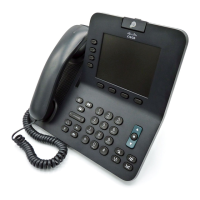

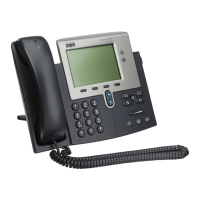


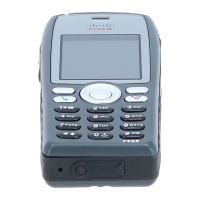
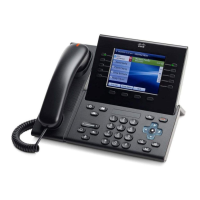
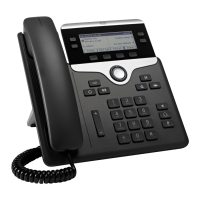
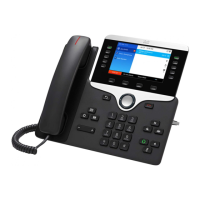
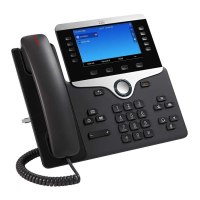
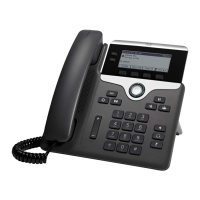
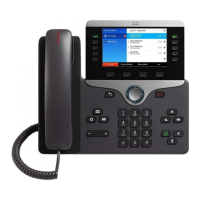
